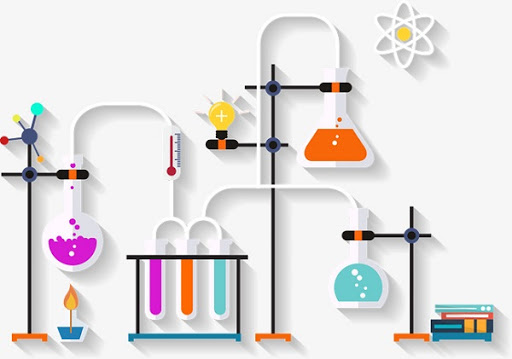of adsorbed N atoms on Rh(111) to and were studied with temperature programmed
temperature programmed
[external_link_head] and static
For N-atom coverages below
[external_link offset=1] of follows simple second-order kinetics, but at higher coverages the
traces broaden to higher temperatures. Hydrogenation to can be described by a stepwise addition of H atoms to in which the
from to determines the rate. The
for the rate determining step is 76 kJ/mol. The
of from Rh(111) was studied separately. The kinetic parameters for
[external_link offset=2] at low coverage are 81 kJ/mol and but the rate of
increases rapidly with increasing coverage. It is argued that the remarkable coverage dependence of the
rate is unlikely to be caused by lateral repulsive interactions but may be due to a coverage dependence of the pre-exponential factor.[external_footer]

